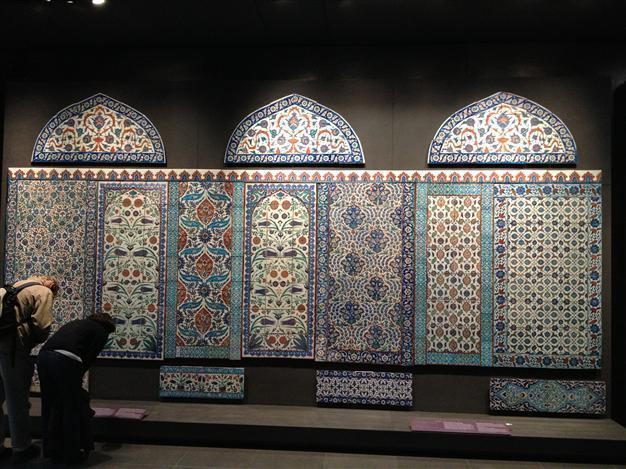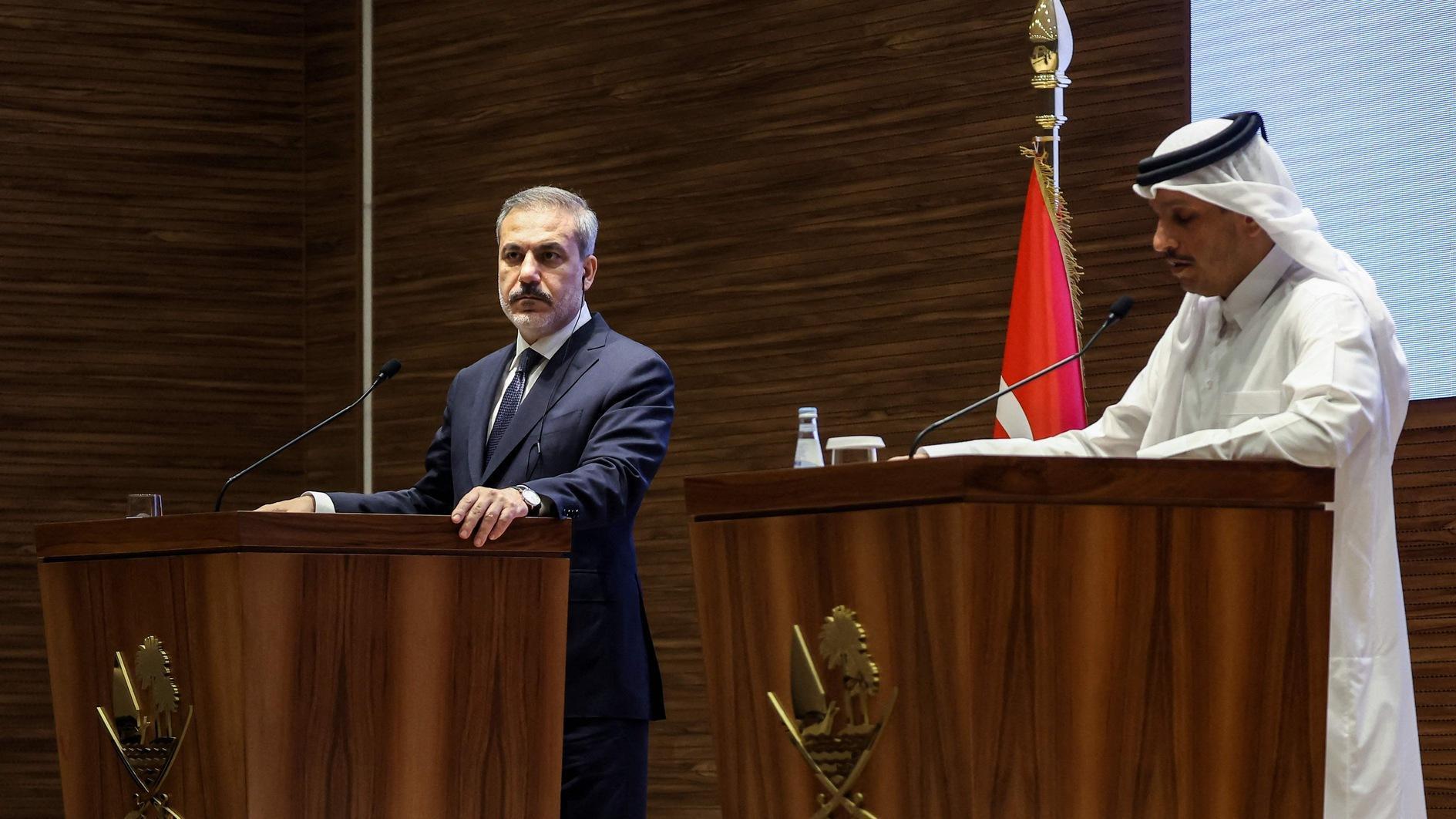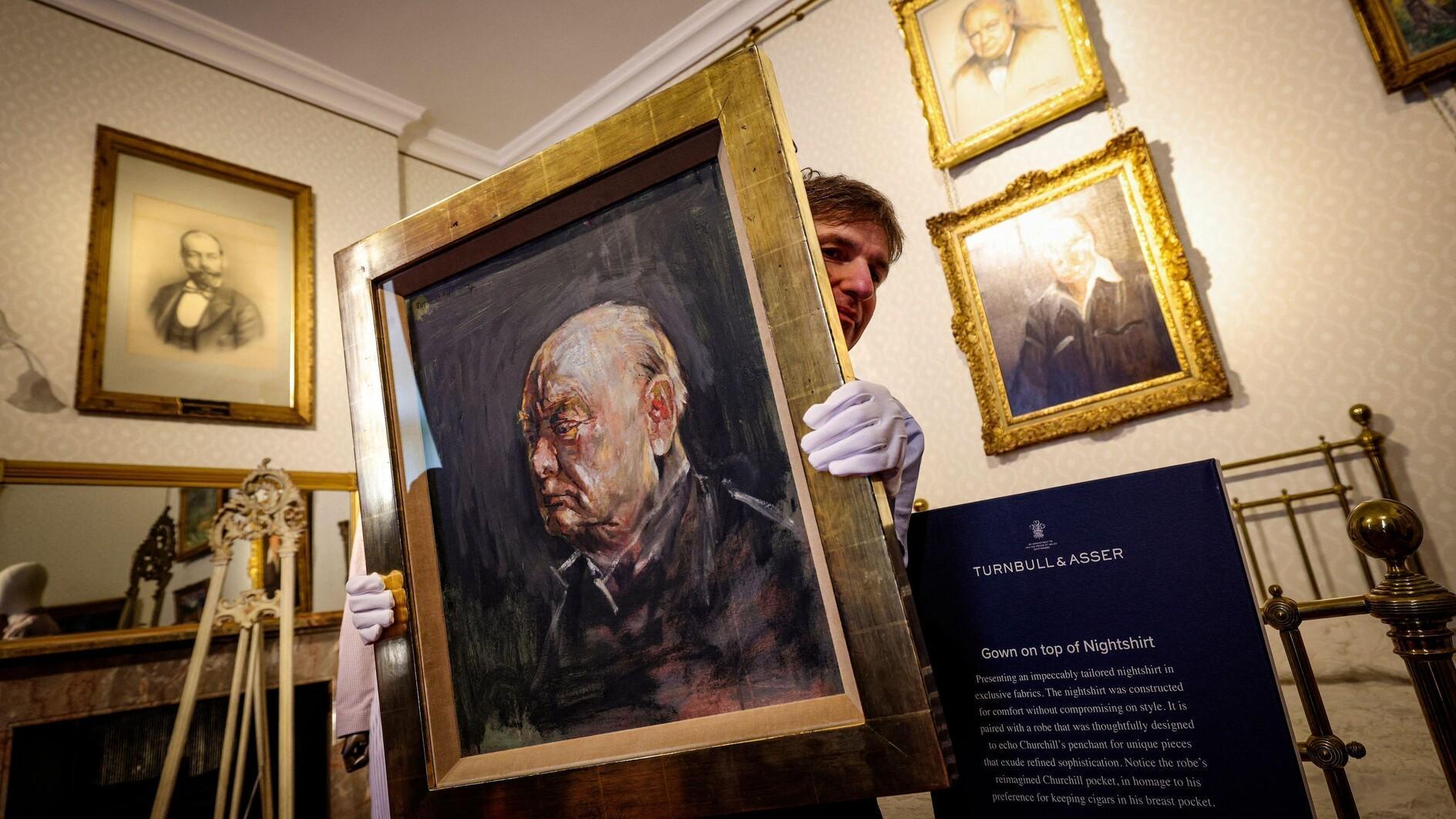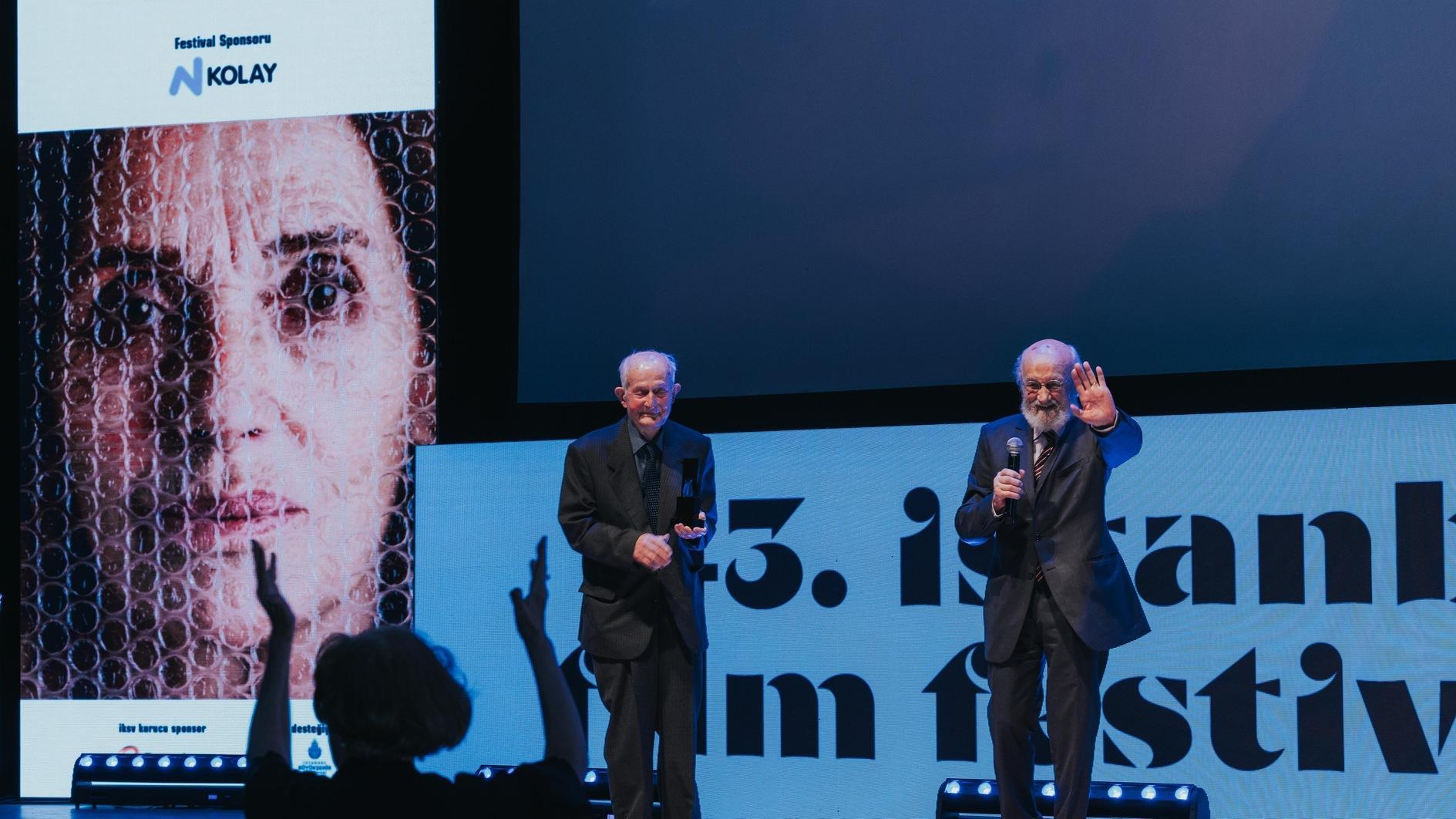Louvre puts ‘stolen’ Turkish tiles on display at Islamic Arts Gallery show
Ömer Erbil ISTANBUL / Radikal

Ministry officials have taken photos of the artifacts at the Louvre Museum; after analyzing the pictures, the ministry determined that the tiles were stolen from the Piyalepaşa Mosque in the 19th century.
All of the tiles that are being displayed at an exhibition at the Islamic Arts Gallery at Paris’ Louvre Museum have been stolen from Turkey, according to officials from Turkey’s Culture Ministry.The ministry arrived at the conclusion after sending two officials to the Louvre exhibition to take surreptitious photos of the artifacts; after analyzing the pictures, the ministry determined that the tiles were stolen from the Piyalepaşa Mosque at the end of the 19th century. Other unique tiles in the exhibition include ones from the tombs of Selim II, Murat III and Eyüp Sultan and the Mahmud I Library in Turkey.
The Louvre, however, denies that the pieces belong to the Piyalepaşa Mosque.
The Piyalepaşa Mosque, which was built in 1573 in Istanbul’s Kasımpaşa neighborhood by Kaptan-ı Derya Piyale Paşa, one of the son-in-laws of Sultan Selim II, was decorated with the most beautiful tiles at the time. The tiles were particularly placed in the shrine and upper parts of the shrine walls, while there was also tiled writing between the second and third window lines of the shine. Today, none of those tiles and panels in the windows remain in the mosque.
Three panels from the Piyalepaşa Mosque were seen in the exhibition at the Louvre Islamic Arts Gallery, which opened on Sept. 22.
Muslim countries footed more than half the bill for the creation of the Islamic Arts Gallery, with Saudi Arabia donating $22 million while Morocco, Kuwait, Azerbaijan and others donated $33 million in total.
The gallery, located on an area of 2,800 square meters in the Visconti yard of the Louvre Museum, is exhibiting 3,000 pieces from the 15,000-piece Louvre collection and 3,400 pieces from the 15,000-piece Musée des Arts Décoratifs collection, as well as many artifacts from Turkey, the report from the two Culture Ministry officials said.
Lost panels
“In the publications about the lost panels of the Piyalepaşa Mosque, it is said that one of the panels is at the Berlin State Museum, the other is at the Portuguese Calouste Gulbenkian Foundation Collection, three are at the Paris Louvre Museum and Paris Musée des Arts Décoratifs, one is at the Boston Museum of Fine Arts and the last one is at a museum in Vienna. But it is not known where the other two panels are. Our research has revealed that the exhibition at the Louvre Museum displays two tile frontons and a tile panel of the Piyalepaşa Mosque as well as a third panel. It is also revealed that a tile panel of the same mosque is also on display at the Victoria and Albert Museum [in London],” their report said.
The Louvre catalogue gives the following information about the pieces that were allegedly stolen from the Piyalepaşa Mosque: “The [pieces] were given as a gift to the museum by art historian Germain Bapst, who traveled to Istanbul on May 13, 1899. It has long been thought that the tile panels were from the Piyalepaşa Mosque. During the final restoration in the mosque, it was revealed that there was no available room to place those tiles on the mosque wall. Is it a legend that the tiles are from this mosque?”
But according to the Culture and Tourism Ministry, the tiles definitely belong to the Piyalepaşa Mosque. The ministry has now launched a scholarly study of the matter.
Günay launched a move
Convinced that the pieces were stolen, Culture and Tourism Minister Ertuğrul Günay has launched a move to repatriate the tiles, having previously asked the Louvre to return a tile panel that belongs to the tomb of Selim II at the Hagia Sophia Museum.
Most of the other tiles at the Louvre Museum were allegedly smuggled out of Turkey by collector Albert Sorlin Dorigny, including the tiles from the tombs of Selim II and Murat III, as well as ones from the Mahmud I Library.
Dorigny, who was a dentist in Istanbul, worked for the restoration of the library between 1894 and 1898, but is also suspected of smuggling out hundreds of tiles at the time.
Tiles that belong to the tomb of Eyüp Sultan and are currently on display at the exhibition, were allegedly smuggled abroad by French dentist Jean Bari between 1919 and 1920.
















